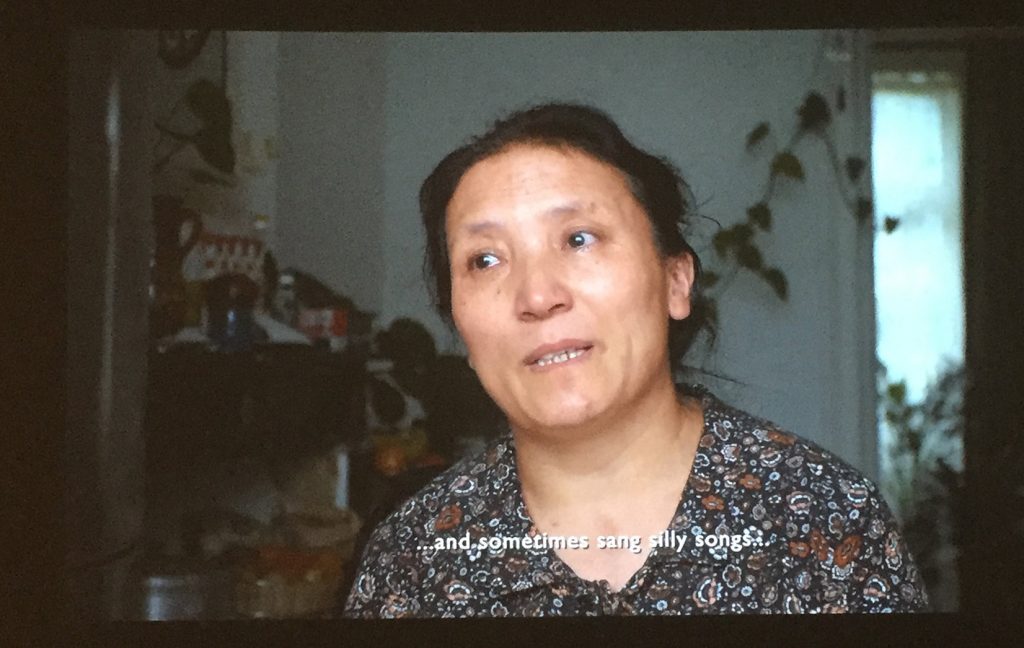In Tibet, this renewed identity is observed through more visible expression of their commonality in literature, arts, songs, etc.
In exile, in addition to the above, one manifestation of this is through the Tibetan National Anthem. Every Tibetan who went through schooling in Tibetan schools in exile would have sung the national anthem on a daily basis. Today, the anthem is part of the “curriculum” of all weekend schools for Tibetans outside of the Indian subcontinent. As for those who were beyond the school-going age when they arrived in India, whether in 1959 or the years thereafter, they would have heard it sung at almost every public occasion. The national anthem will be an integral part of the program for the March 10 Uprising Day commemoration. This reminds me of the time in Dharamsala many years back, when an elderly Tibetan would take it upon himself to lead the singing of the “Gyalu” (the term in Tibetan for National Anthem) during public events like incense-burning ceremony. The problem was that he would sing it in his own convoluted tune, but everybody somehow tolerated this.
There is an interesting story (explanation given later on why I use this term) on the origin of the singing of the national anthem by the Tibetan refugees in India, as related by writer Paljor Tsarong. His father, Dundul Namgyal Tsarong, was the one who was assigned to make this happen. To coincide with this year’s anniversary of the Tibetan National Uprising Day, I am taking the liberty to post the relevant excerpt from Paljor la’s book, “The Life and Times of George Tsarong of Tibet, 1920-1970: A Lord of the Traditional Tibetan State” (Rowman & Littlefield, 2022).
Here is how it began: “It was early summer of 1959 when Shakabpa [Tibetan official and historian] stopped by and informed father that the [Tibetan] government wanted him in Mussoorie [the hill station town where H.H. the Dalai Lama was resettled then]. There the ministers told Father that they needed a recording of the Tibetan national anthem and asked father to look into it. There was a soldier of the Bodyguard Regiment who knew the tune, but obviously, no one brought any instruments during the escape. So, father went down to Delhi and found one which was very expensive. He was neither given any money for transport or purchasing the flute. In fact, all the expenses incurred in travels from Kalimpong [a town near the Tibetan border in eastern India] to Mussoorie came out of his own pocket. Traditionally, state officials were given an estate by the government and one was expected to fulfill certain obligations and do whatever the government ordered without specific compensation.
“Father, anyway had enough money, and the taxi trips to Mussoorie were not as long and taxing as it is today. The large and comfortable American six-cylinder Plymouths from Connaught Place got father to Mussoorie in five hours. Back in Mussoorie, father took the soldier to Charleville Hotel where there was a band. He asked the band leader if he could write the notations for the national anthem. He said he could and as the soldier played the tune the band leader wrote the musical score. Soon he was playing it back on the piano and changes were made where necessary. Then father asked him to have his band play it. Father was quite satisfied and he also taped it on his heavy Grundig tape recorder. The band leader then suggested a better band that was playing at a hotel in Delhi’s Connaught Place. Father went down to Delhi and returned with what seemed a good recording of the national anthem. The following year, on March 10, 1960, the first anniversary of the Tibetan uprising was held. The Dalai Lama, his officials and the people gathered at the school near Birla house. As the Tibetan national flag was raised and all stood up for the solemn occasion, father played the taped recording of the national anthem.”
Apparently, the bodyguard regiment in Tibet would play the Tibetan National Anthem in Tibet.
The text of the Tibetan National Anthem and its English translation are below. You can also hear the anthem sung by artist Tsering Bawa.
༄༅། །སྲིད་ཞིའི་ཕན་བདེའི་འདོད་རྒུ་འབྱུང་བའི་གཏེར།
ཐུབ་བསྟན་བསམ་འཕེལ་ནོར་བུའི་འོད་སྣང་འབར།
བསྟན་འགྲོའི་ནོར་འཛིན་རྒྱ་ཆེར་སྐྱོང་བའི་མགོན།
འཕྲིན་ལས་ཀྱི་རོལ་མཚོ་རྒྱས།
རྡོ་རྗེའི་ཁམས་སུ་བརྟན་པས།
ཕྱོགས་ཀུན་བྱམས་བརྩེས་སྐྱོང༌།
གནམ་བསྐོས་དགའ་བ་བརྒྱ་ལྡན་དབུ་འཕང་དགུང་ལ་རེག །
ཕུན་ཚོགས་སྡེ་བཞིའི་མངའ་ཐང་རྒྱས།
བོད་ལྗོངས་ཆོལ་ཁ་གསུམ་གྱི་ཁྱོན་ལ་བདེ་སྐྱིད་རྫོགས་ལྡན་གསར་པས་ཁྱབ།
ཆོས་སྲིད་ཀྱི་དཔལ་ཡོན་དར།
ཐུབ་བསྟན་ཕྱོགས་བཅུར་རྒྱས་པས།
འཛམ་གླིང་ཡངས་པའི་སྐྱེ་རྒུ་ཞི་བདེའི་དཔལ་ལ་སྦྱོར།
བོད་ལྗོངས་བསྟན་འགྲོའི་དགེ་མཚན་ཉི་འོད་ཀྱི།
བཀྲ་ཤིས་འོད་སྣང་འབུམ་དུ་འཕྲོ་བའི་གཟིས།
ནག་ཕྱོགས་མུན་པའི་གཡུལ་ལས་རྒྱལ་གྱུར་ཅིག།
The following translation in English by the Central Tibetan Administration:
The source of temporal and spiritual wealth of joy and boundless benefits,
The wish-fulfilling jewel of the Buddha’s teaching, blazes forth radiant light.
The all-protecting patron of the doctrine and of all sentient beings,
By his actions stretches forth his influence like an ocean.
By his eternal vajra-nature
His compassion and loving care extends to beings everywhere.
May the celestially appointed government achieve the heights of glory
And increase its fourfold influence and prosperity.
May a golden age of happiness spread across the three provinces of Tibet and the glory expand of religious-secular rule.
By the spread of Buddha’s teachings in the ten directions, may everyone throughout the world enjoy the glories of happiness and peace.
In the battle against negative forces may the auspicious sunshine of the teachings and beings of Tibet and the brilliance of a myriad radiant prosperities be ever triumphant.
The reason why I had to call the Dundul Tsarong reference a story is because unfortunately, there is no clear history on the origin of the Tibetan National Anthem.
In general, it is said that national anthems developed from hymns historically. France is believed to be the first country to have a national anthem when in 1830 La Marseillaise was adopted. Thereafter, it became common for nations to define national anthems.
Is there a similar history of the Tibetan National Anthem? Unfortunately, no.
Some say that a prayer for the seventh Dalai Lama Kelsang Gyatso (1708-1757) composed during his lifetime can be regarded as the first national anthem, as it was used as a hymn subsequently. This hymn is found in the “Autobiography of a Minister” (Kalon Togjoe) written by Tsering Wangyal Dokhar in 1762. The author was a minister in the Tibetan government during the time of the seventh Dalai Lama, and it is believed the hymn was composed by Pholhane Sonam Topgyal, a senior official then, to express his loyalty to the seventh Dalai Lama. It might interest readers to know that this very one-verse hymn is a prayer for the long life of the Dalai Lama and is recited even to this day, albeit with Kelsang Gyatso in the third line being replaced by Tenzin Gyatso, the name of the 14th Dalai Lama.
The text of the hymn is this:
གངས་རི་ར་བས་བསྐོར་བའི་ཞིང་ཁམས་འདིར་།།
ཕན་དང་བདེ་བ་མ་ལུས་འབྱུང་བའི་གནས།།
སྤྱན་རས་གཟིགས་དབང་སྐལ་བཟང་རྒྱ་མཚོ་ཡི།།
ཞབས་པད་སྲིད་མཐའི་བར་དུ་བརྟན་གྱུར་ཅིག།In this land encircled by a fence of snow mountains
Is the place for source of all blessings and happiness
May Chenrezig, Kelsang Gyatso
Remain firm until samsara ends.
If this hymn can indeed be regarded as a national anthem, then it would be older than the French one. Be that as it may, it looks like by 1947, the tradition of national anthem was absent in Tibet, considering the following anecdotal evidence. It is said that the Tibetan delegates to the Asian Relations Conference held in the Indian capital New Delhi in March-April of 1947 had to improvise by singing a folk song popular in Lhasa then when they had to sing their national anthem at the conference.
Similarly, the Tibet Mirror newspaper, the only mainstream newspaper in Tibetan then, published from Kalimpong, in its July 1, 1948 (Vol. 16, No. 10) issue had a news item on “government song.” The report begins by saying that “all countries have a government that is sung at celebrations, after winning a war, and similarly, after public theatrical performances, cinema show and after the news is read on the radio.” It adds that “The Tibetan nation does not have such a tradition” but lately there is news about a song some Tibetans in Lhasa have begun to sing during parties that expresses gratitude to His Holiness the Dalai Lama and the government. The Tibet Mirror commended this and hoped that the Tibetan government would in the near future adopt a national anthem.
Dundul Tsarong in an oral interview in 1993 for Melvin Goldstein’s book on Tibetan history says that a national anthem was composed around 1947 or 1948. Prior to that, Tibetans did not realize, but sang God Save the King anthem of Great Britain, he says. Tsarong is not certain who composed that anthem, but says he heard that Trijang Rinpoche, the junior tutor of His Holiness the Dalai Lama, was consulted. However, some others assert that a national anthem was composed for Tibet in 1949 by Trijang Rinpoche at the request of an official, Khemཨེy Sonam Wangdu.
Some say that the current national anthem was in fact composed in exile by Trijang Rinpoche sometime in 1962. But given the above assertion by Dundul Namgyal Tsarong, there seems to have been in existence a national anthem in Tibet, at least a tune and music, in the period before 1959.
Unfortunately, we do not seem to have much evidence at this point of time to reconcile the differing assertions on the anthem. There is hardly any reference to it in the Tibetan history books, thus leaving the issue mysterious and inscrutable. The very little that is available is technically in the realm of the informal and conjectural, and also the information is incomplete. Given the importance of a national anthem in a nation’s history, this is a fertile ground for researchers out there.
In the meanwhile, those into music can try playing the Tibetan National Anthem from this music sheet that is posted online. I listened to it and it is almost there.
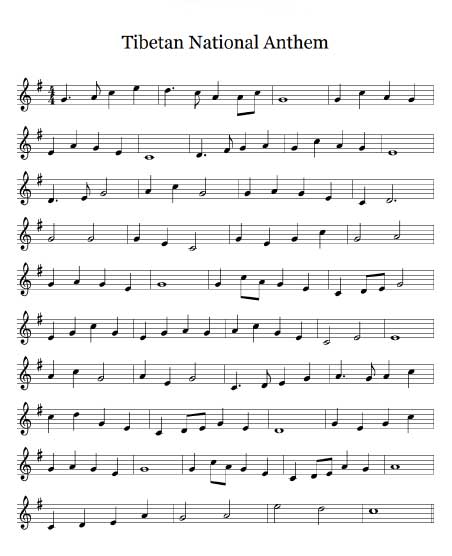

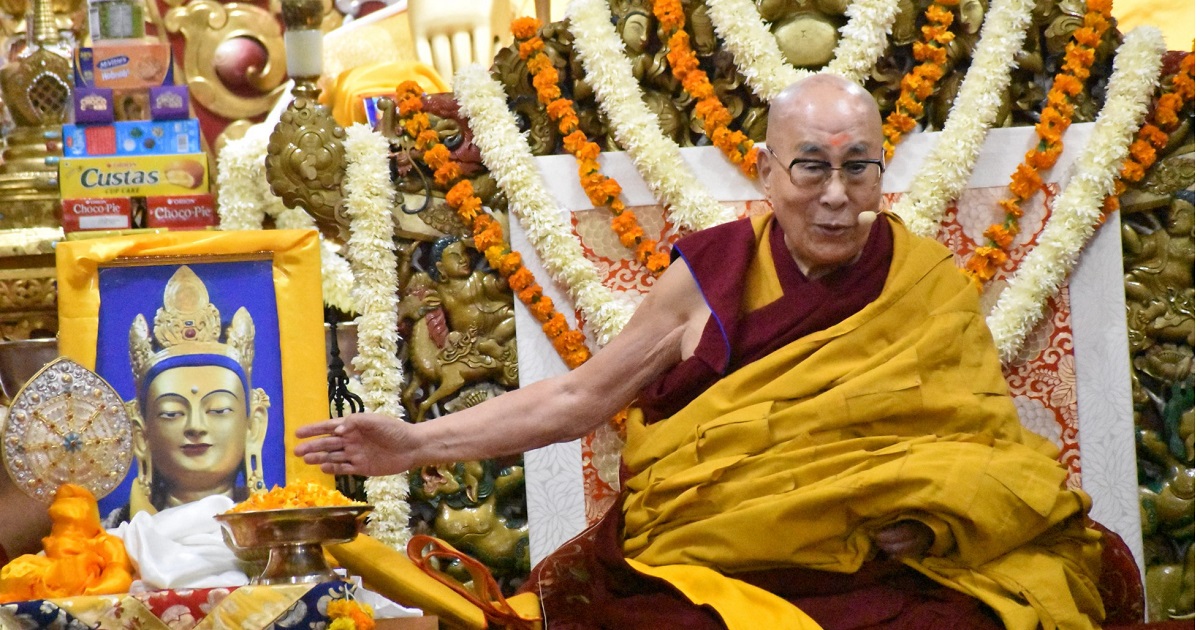
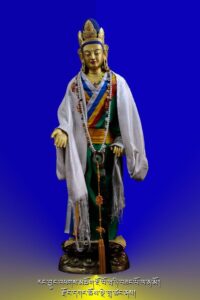
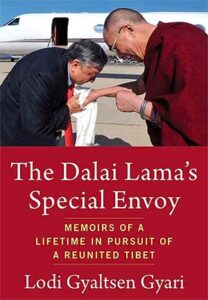 Even though Rinpoche, as he is reverently addressed by people in the Tibetan cultural world, is no longer with us, his legacy lives on and is a daily reminder to many of us at ICT who knew him. Now, a book that he had been working on since his retirement has been published by the Columbia University Press. It is aptly titled,
Even though Rinpoche, as he is reverently addressed by people in the Tibetan cultural world, is no longer with us, his legacy lives on and is a daily reminder to many of us at ICT who knew him. Now, a book that he had been working on since his retirement has been published by the Columbia University Press. It is aptly titled, 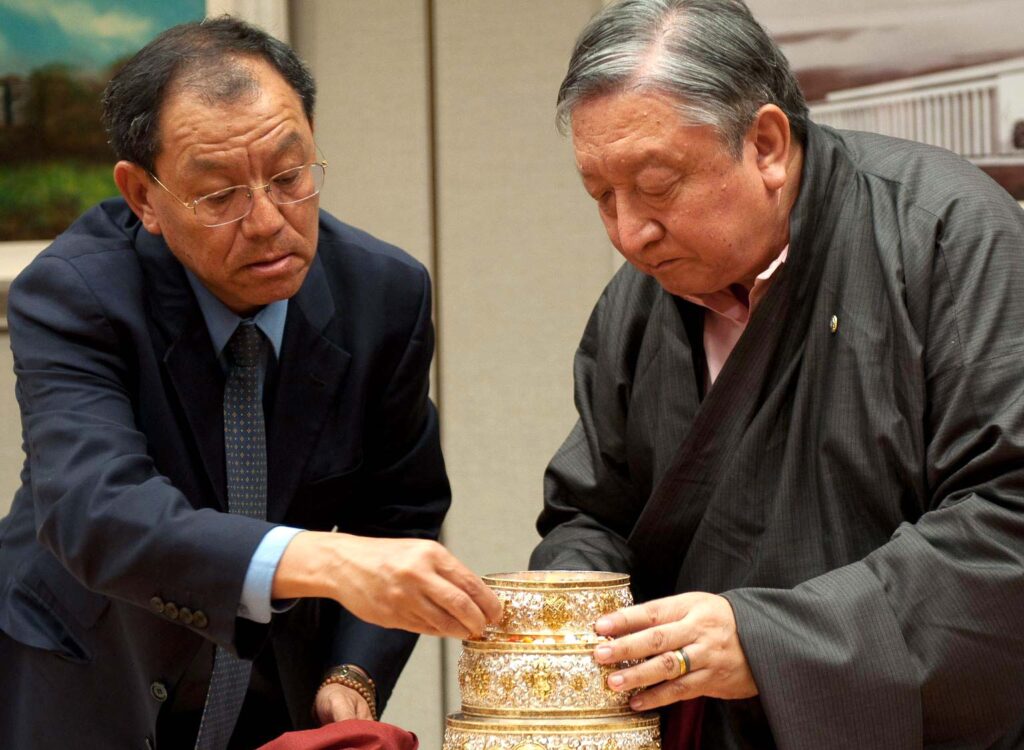
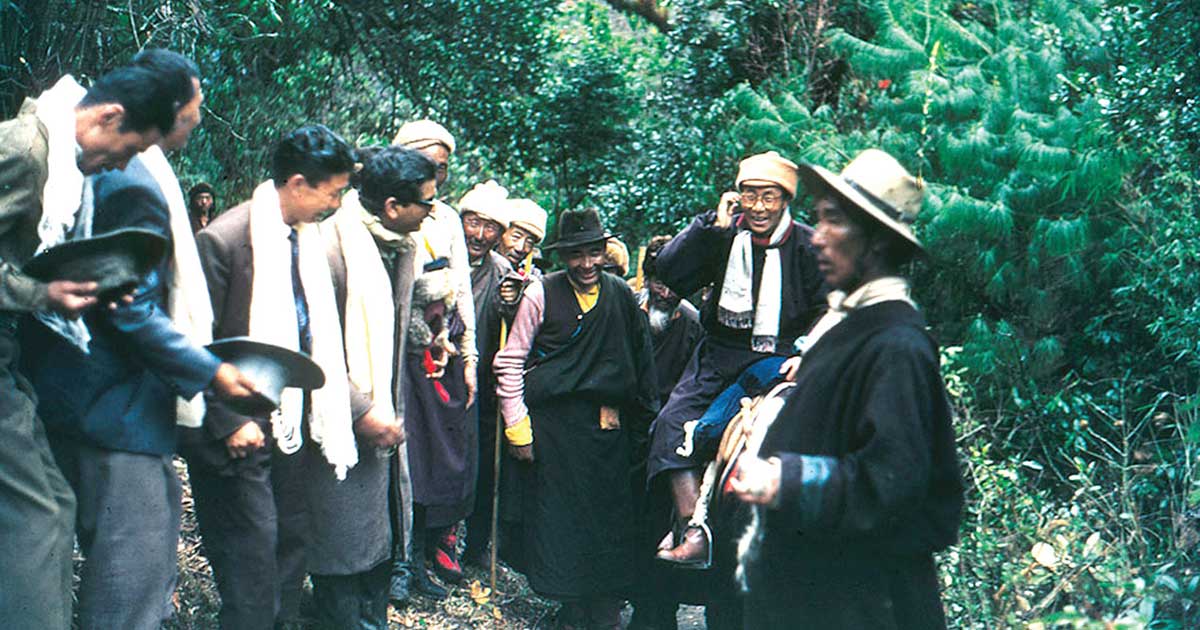
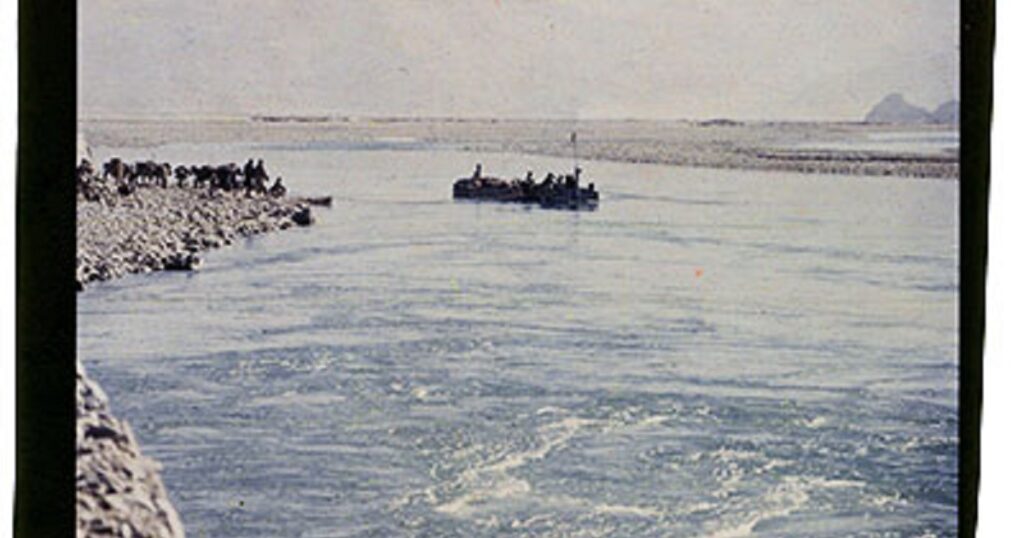
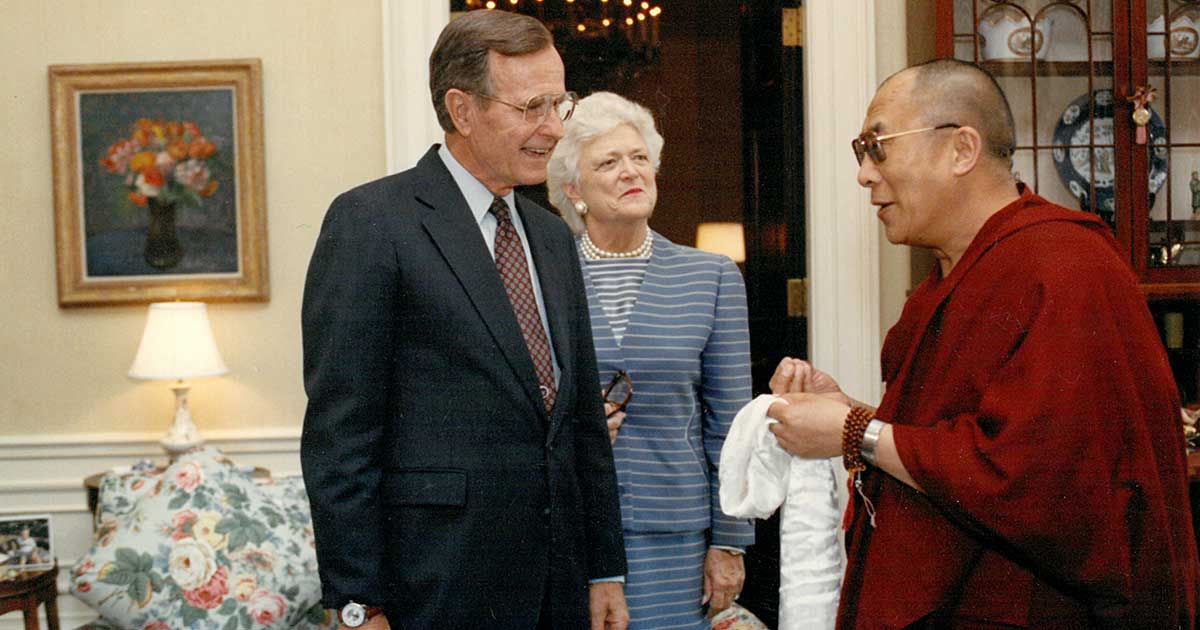
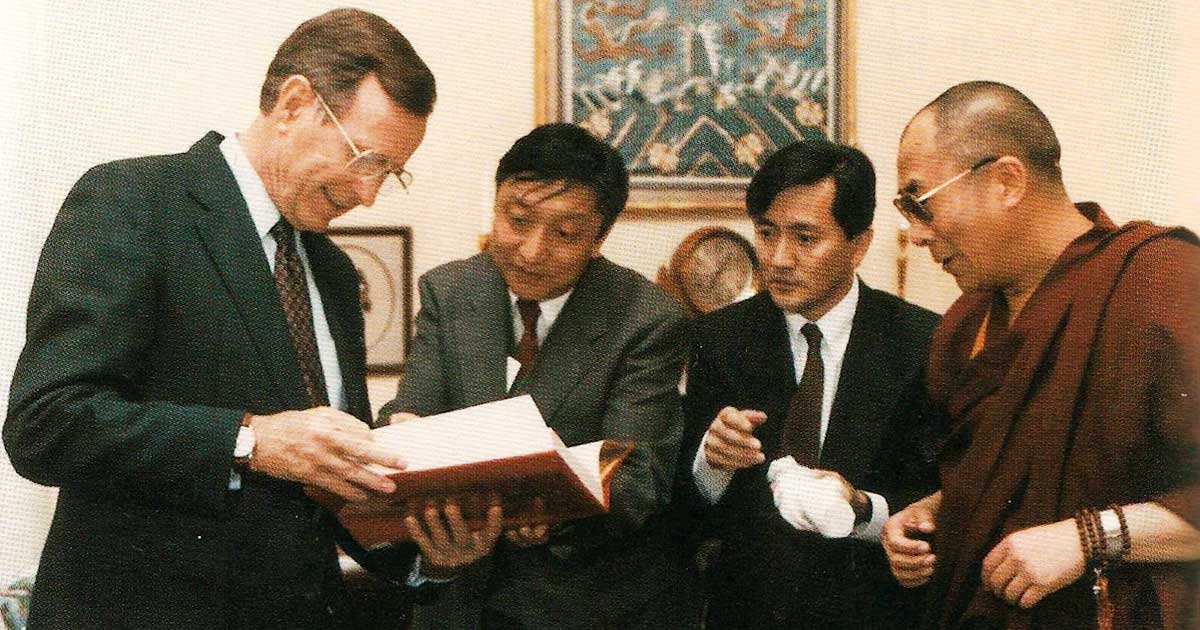
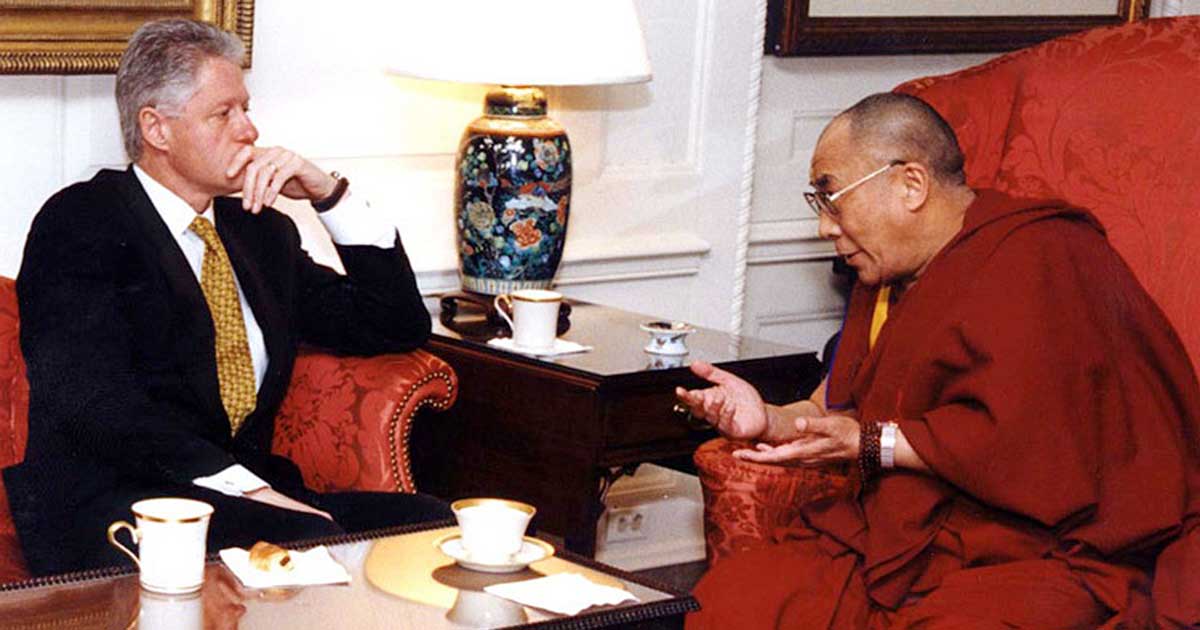
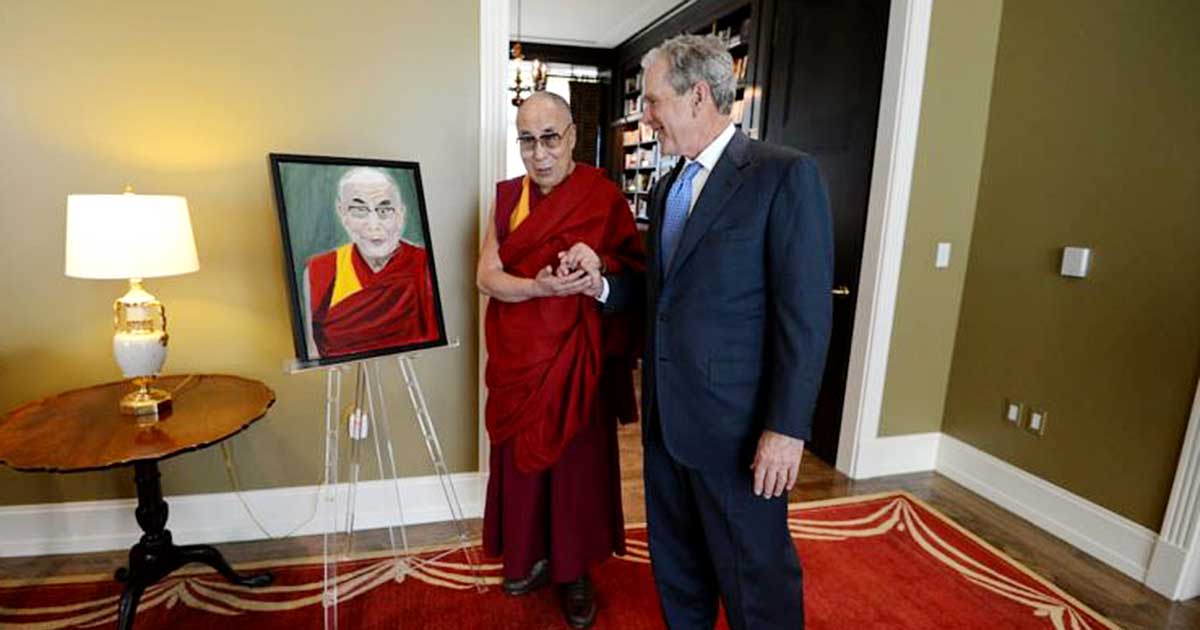
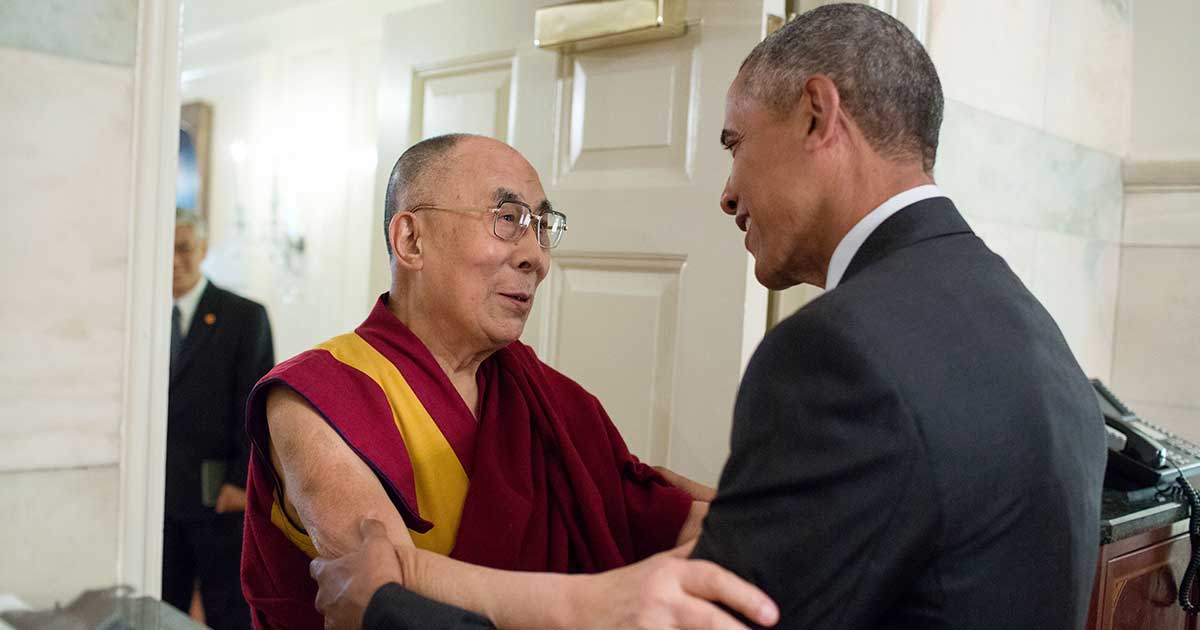
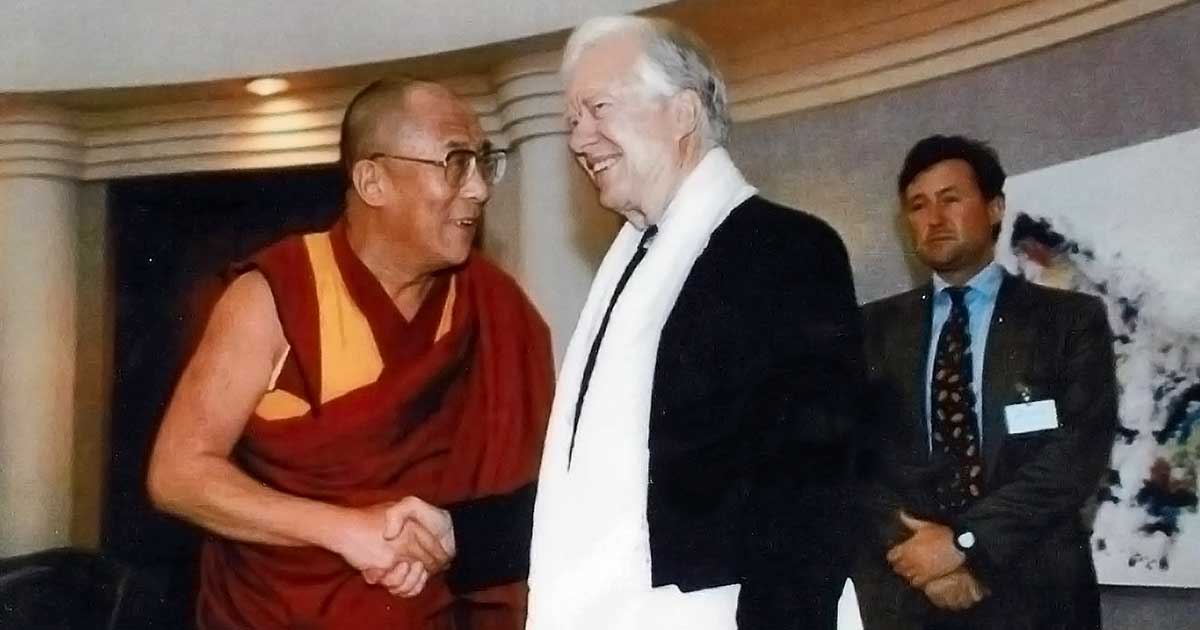
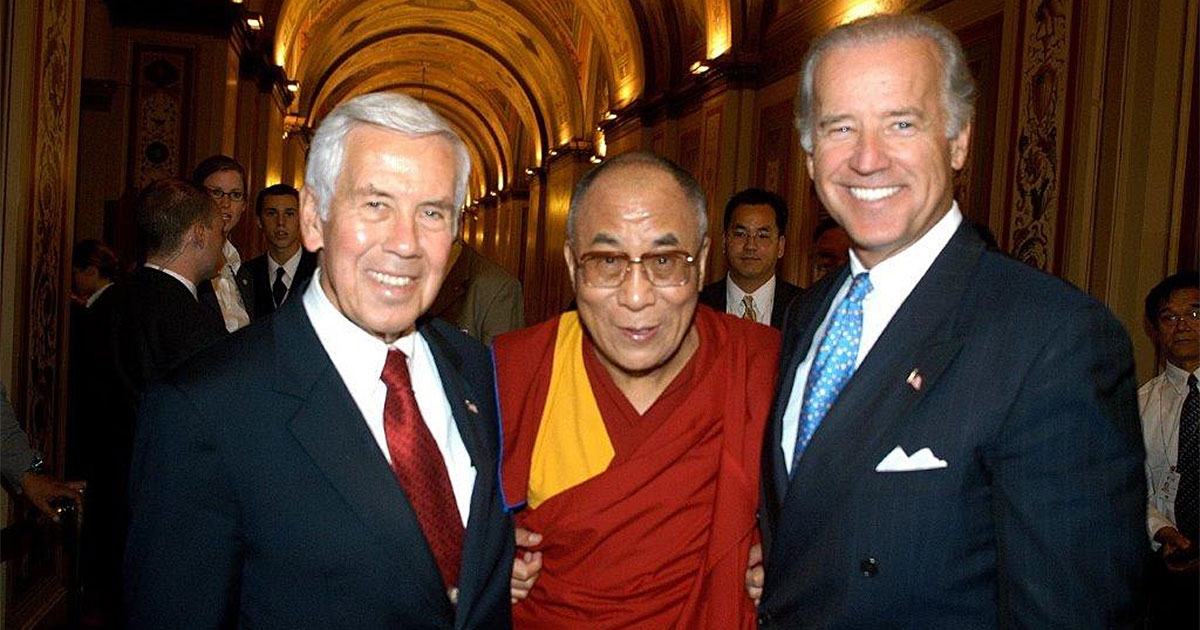
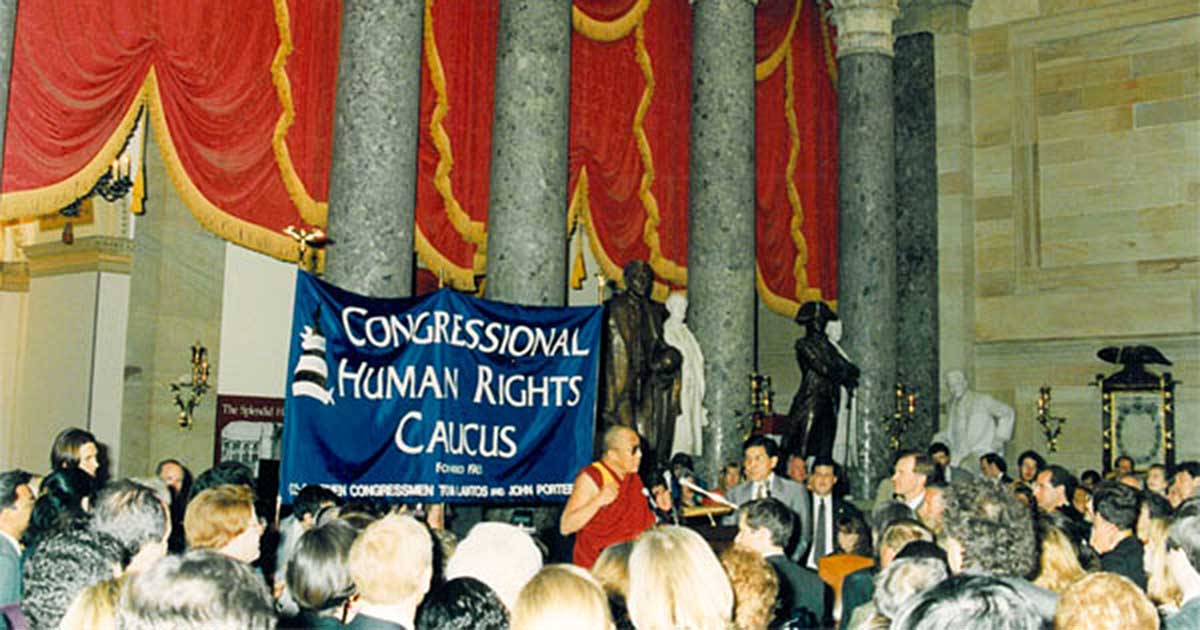
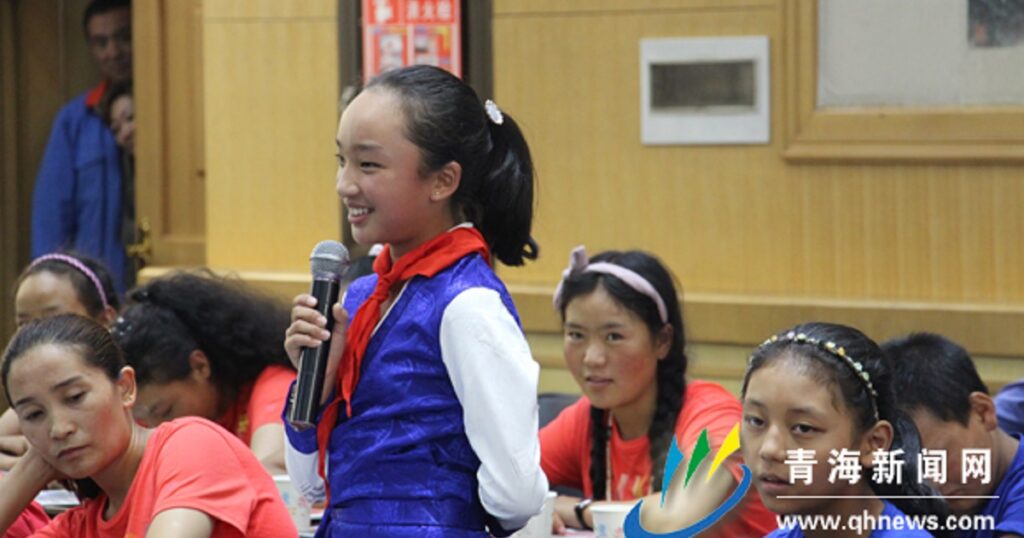
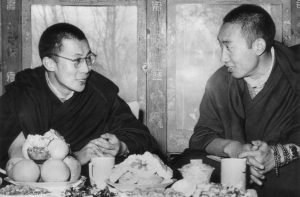
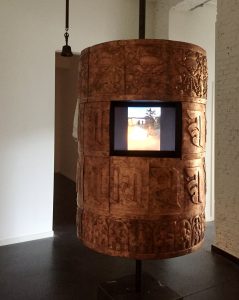
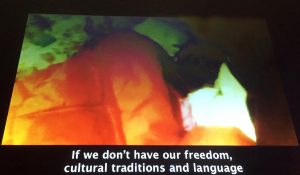 In ‘Two Friends’, a single channel video depicts 22-year old former monk, Ngawang Norphel, blackened almost beyond recognition as a human being, speaking on camera to monks who are tending him after his self-immolation.
In ‘Two Friends’, a single channel video depicts 22-year old former monk, Ngawang Norphel, blackened almost beyond recognition as a human being, speaking on camera to monks who are tending him after his self-immolation.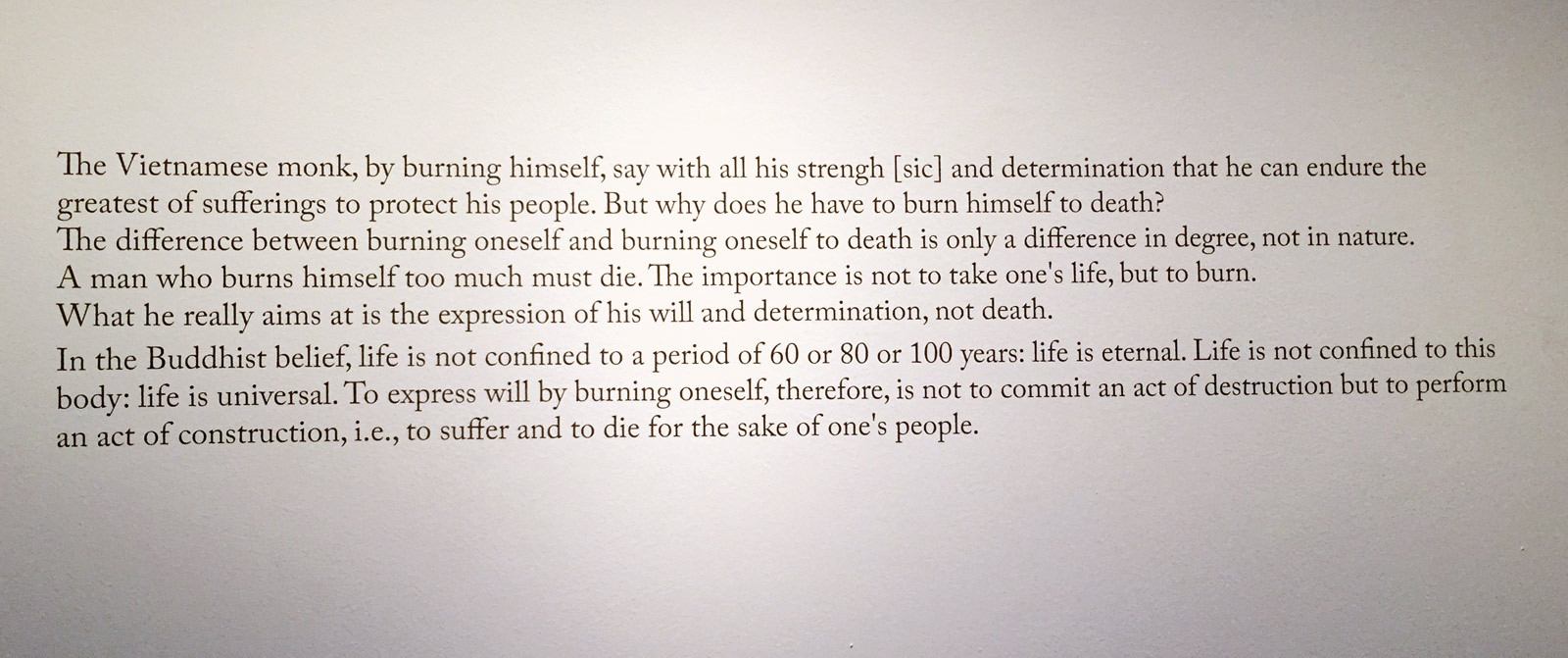
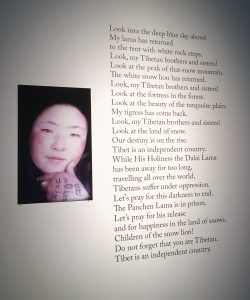 On the wall, lines from a poem left by 17-year old nun Sangye Dolma, whose luminous and beautiful face appears here more as a classical painting than selfie, reveal a message of hope beyond despair. Like many of those who set themselves on fire in Tibet, it is not addressed to the U.N., the international community but to fellow Tibetans, written in solidarity, and urging them to “Look my Tibetan brothers and sisters! Look at the land of the snow. Our destiny is on the rise. […] Children of the snow lion! Do not forget that you are Tibetan. Tibet is an independent country.”
On the wall, lines from a poem left by 17-year old nun Sangye Dolma, whose luminous and beautiful face appears here more as a classical painting than selfie, reveal a message of hope beyond despair. Like many of those who set themselves on fire in Tibet, it is not addressed to the U.N., the international community but to fellow Tibetans, written in solidarity, and urging them to “Look my Tibetan brothers and sisters! Look at the land of the snow. Our destiny is on the rise. […] Children of the snow lion! Do not forget that you are Tibetan. Tibet is an independent country.”